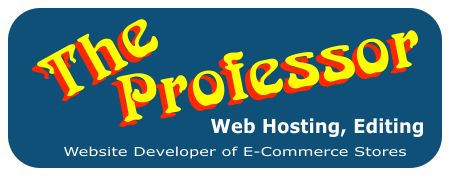19 Jul


Improving on-page SEO can indeed take time to show results, as search engines need to crawl and index your changes.
However, there are some strategies you can implement to potentially see quicker improvements:
1. Optimize Page Titles and Meta Descriptions:
- Ensure each page has a unique and descriptive title and meta description.
- Include primary keywords naturally.
2. Improve Page Load Speed:
- Compress images and use proper formats.
- Minimize JavaScript and CSS.
- Use a content delivery network (CDN).
- Enable browser caching.
3. Enhance Content Quality:
- Update old content with new information and keywords.
- Add engaging visuals and media.
- Use internal linking to relevant pages.
4. Mobile Optimization:
- Ensure your site is mobile-friendly.
- Use responsive design techniques.
5. Schema Markup:
- Implement structured data to help search engines understand your content.
6. Improve User Experience (UX):
- Make navigation intuitive.
- Ensure a clear and engaging call to action.
- Reduce pop-ups and intrusive ads.
7. Optimize Images:
- Use descriptive, keyword-rich file names.
- Add alt text to images.
8. Regularly Update Content:
- Fresh content can lead to quicker indexing and better rankings.
9. Utilize Social Media:
- Share your content on social media platforms.
- Engage with your audience to increase traffic and shares.
10. Analyze Competitors:
- Look at what top-ranking competitors are doing and implement similar strategies.
11. Use Google Search Console:
- Submit updated sitemaps.
- Monitor performance and fix errors.
12. Engage with Your Audience:
- Encourage comments and discussions on your posts.
- Respond to feedback promptly.
While these steps can help accelerate your SEO efforts, remember that SEO is a long-term strategy, and seeing substantial results will take time. Consistent effort and regular updates are key to maintaining and improving your rankings.

Leave a Comment